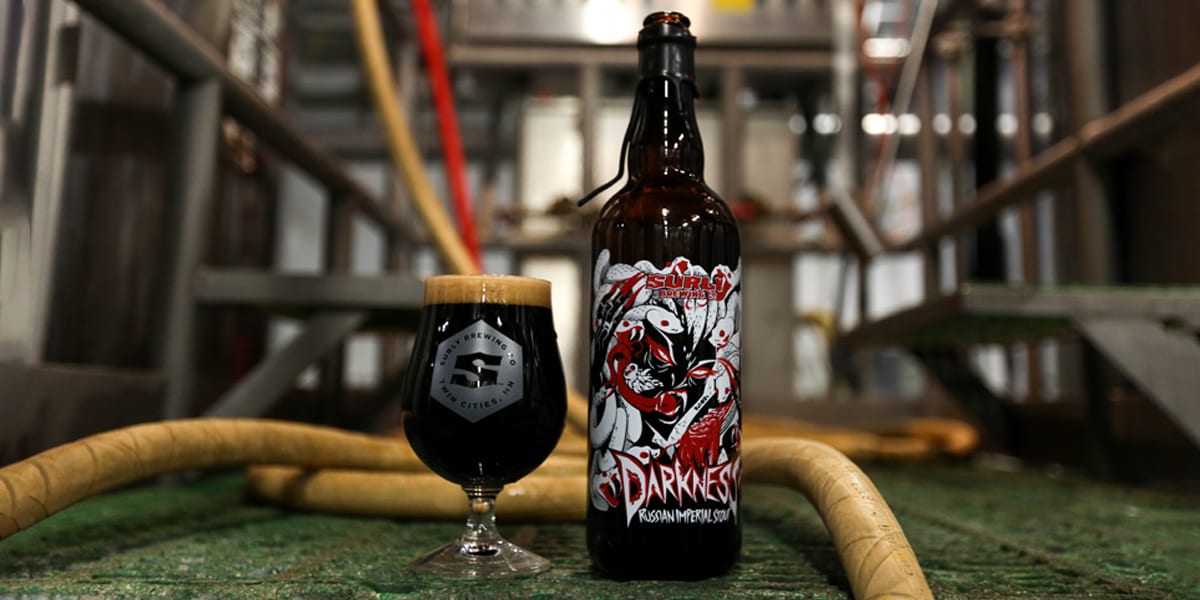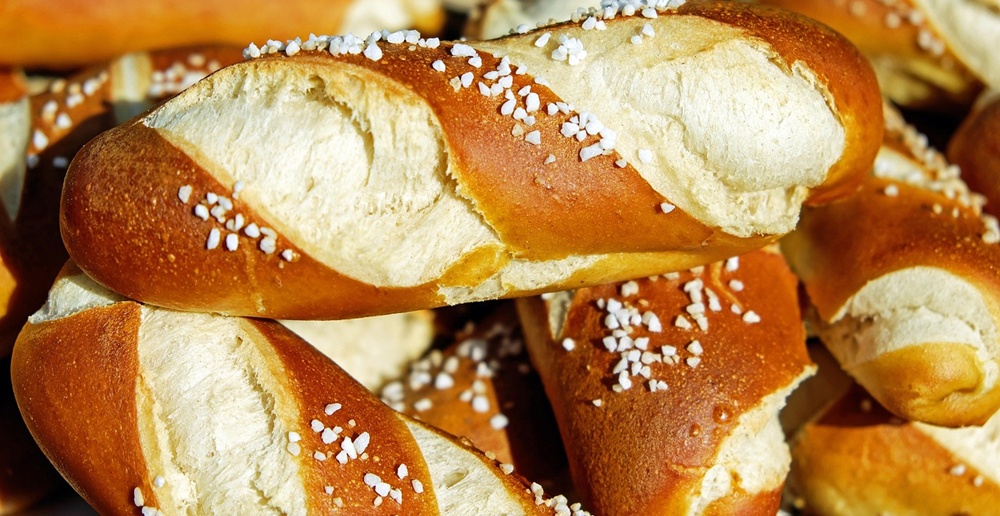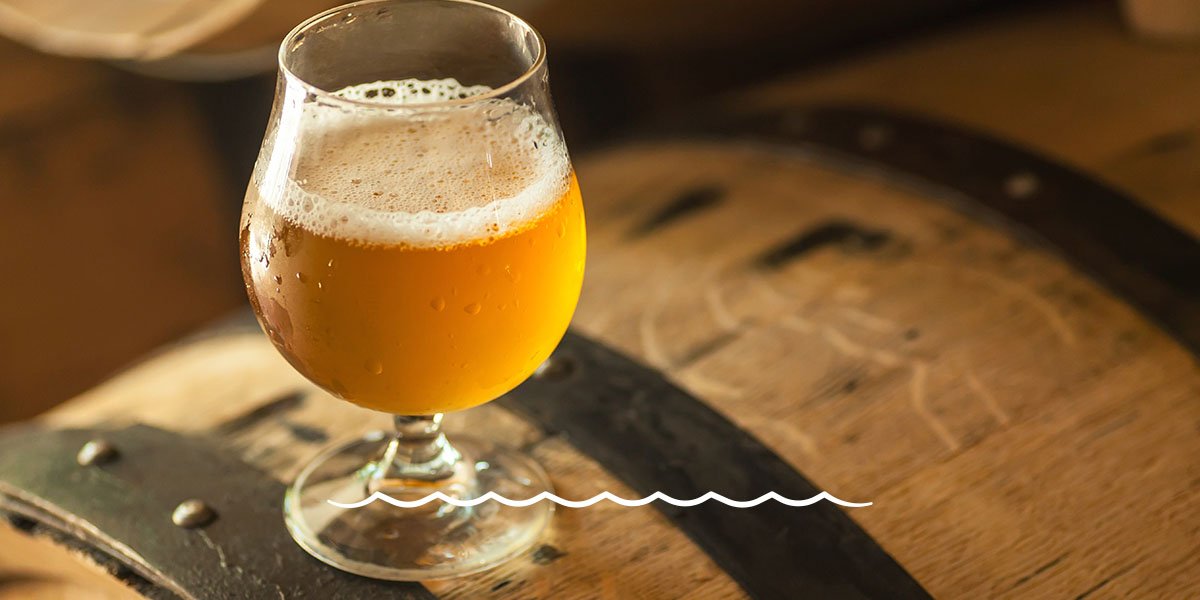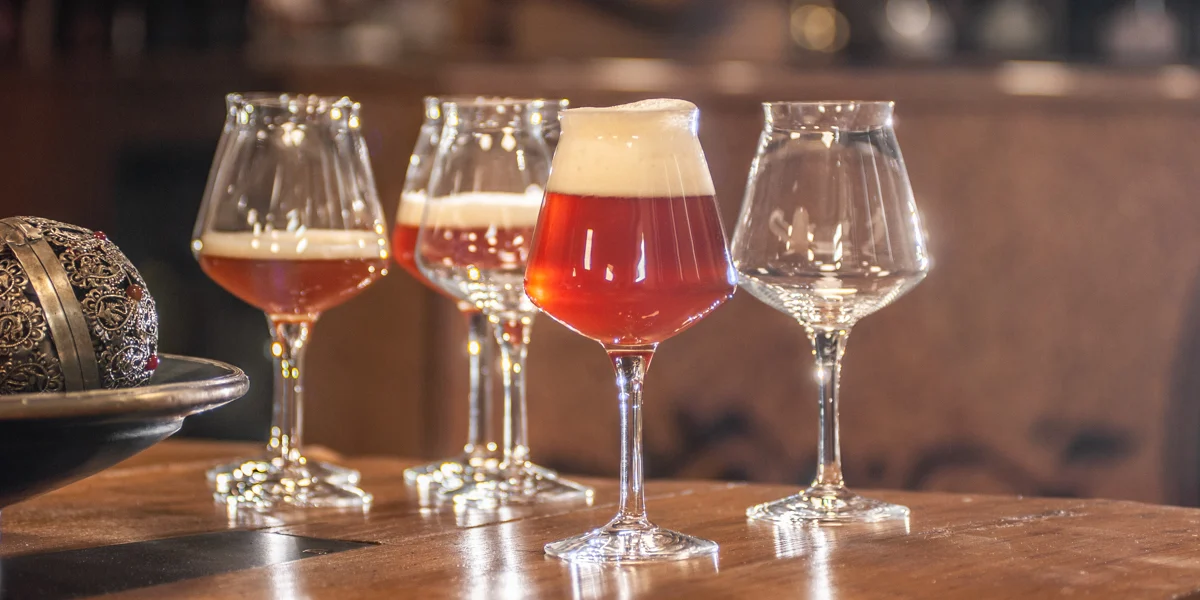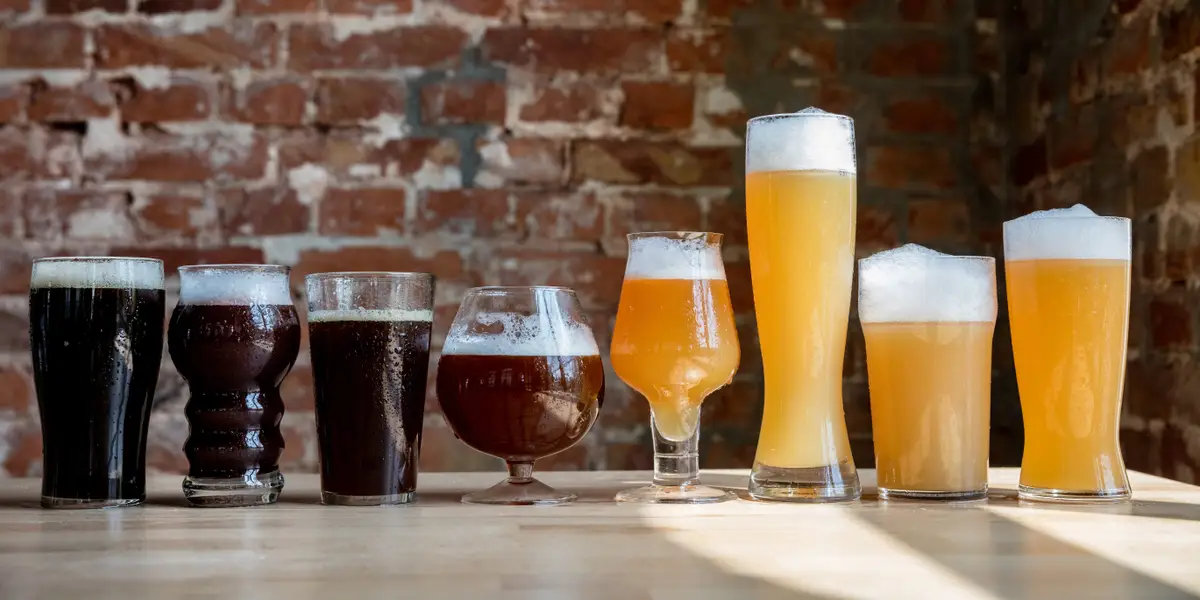
Brewing beer has always been more than just a hobby for me—it’s a creative outlet, a scientific pursuit, and a way to travel the world through flavor. One of my favorite beer styles to experiment with is the New England IPA. Its signature haze, juicy profile, and soft bitterness are everything I love in a beer. That passion led me to create a recipe that felt like a tropical escape: the tropical vacation ddh neipa recipe.
This brew was born out of my desire to capture a feeling. I wanted a beer that could transport me to a beach hammock under swaying palm trees, where the scent of mango and pineapple lingers in the breeze and everything slows down. Here’s how I brought that vision to life in my homebrew setup, from ingredients to tasting notes.
The Inspiration Behind the Recipe
I’ve always been captivated by how beer can tell a story. While many brewers aim for balance or tradition, I wanted to create a narrative through flavor. This beer needed to embody everything a tropical vacation represents—sunshine, fruit-forward aromas, smooth textures, and just the right touch of bitterness to keep you reaching for the next sip. That vision became the core of my tropical vacation ddh neipa recipe.
Designing the Hop Schedule
Hops are the heart of any New England IPA, and for this tropical version, I aimed to build a juicy explosion. The trick is layering different hops that complement each other and add dimension.
For this recipe, I chose to work with the following hop varieties:
- Citra: Known for its bold citrus notes and tropical undertones, Citra brings mango, lime, and passionfruit to the forefront.
- Mosaic: A complex hop that contributes a fruity, herbal bouquet—think blueberries, bubblegum, and pine.
- Galaxy: An Australian gem that adds a powerful punch of passionfruit and peach, perfect for that beachy vibe.
I used these hops in generous quantities during the whirlpool phase and twice in dry hopping. That’s what makes this a Double Dry Hopped (DDH) NEIPA—two separate dry hop additions during fermentation, each enhancing aroma and juiciness.
Crafting the Grain Bill
Building a malt foundation that supports all that hop character is essential. For a NEIPA, the goal is softness, haze, and body—without being overly sweet. After several trials and tweaks, here’s the grain bill that worked wonders for my tropical vacation ddh neipa recipe:
- 9 pounds of pale malt as the base
- 2 pounds of flaked oats for haze and smoothness
- 1.5 pounds of wheat malt for body and a creamy finish
- Half a pound of dextrin malt to boost head retention and mouthfeel
I mashed at 152°F for 60 minutes to get a medium body that would balance sweetness with drinkability. The result? A velvety canvas ready to showcase juicy hop oils.
Picking the Perfect Yeast
Yeast isn’t just a fermenting agent—it’s a flavor contributor, especially in a NEIPA. The right strain can unlock hidden layers of fruitiness and enhance the aroma you’ve worked so hard to build.
For this tropical vacation ddh neipa recipe, I used a London Ale III strain, known for its soft ester profile and ability to stay in suspension—perfect for maintaining that hazy, thick appearance. It also adds subtle notes of stone fruit that blend effortlessly with the tropical hop profile.
Water Chemistry: The Final Touch
When I first started brewing hazy IPAs, I underestimated the importance of water adjustments. But over time, I learned that the chloride-to-sulfate ratio can dramatically influence mouthfeel. A chloride-heavy profile helps bring out that signature NEIPA softness.
Here’s what my water profile looked like:
- Calcium: 100 ppm
- Chloride: 175 ppm
- Sulfate: 50 ppm
I use a mix of distilled water and brewing salts to get these numbers right, and I recommend doing the same for maximum control. This step might sound technical, but it’s a game-changer in terms of flavor and texture.
Step-by-Step Brewing Process
Every homebrew has its rhythm, but here’s a rough breakdown of how I approached this one:
Mash and Lauter
I mashed in at 152°F and held it steady for an hour. Once the mash was complete, I sparged slowly and collected around 6.5 gallons of sweet wort.
Boil and Whirlpool
After bringing the wort to a boil for 60 minutes, I cooled it to 180°F and began my whirlpool additions. I added equal parts Citra, Mosaic, and Galaxy at this point and let them steep for 20 minutes to maximize extraction without pushing bitterness too high.
Fermentation and Dry Hopping
Once the wort cooled to fermentation temperature (around 68°F), I pitched my yeast and let it work its magic.
- Day 3: I added the first dry hop addition. This is timed while fermentation is still active to encourage biotransformation—a process where yeast interacts with hop compounds to amplify tropical flavors.
- Day 7: I added the second dry hop charge, this time with a slightly heavier hand.
I let the beer sit until Day 14 before cold crashing and kegging.
Tasting the Results
I can’t emphasize enough how satisfying it is to taste a beer that perfectly matches your vision. When I cracked open the keg of my tropical vacation ddh neipa recipe, the aroma hit me immediately—waves of pineapple, guava, and papaya, with a citrusy undertone that invited deeper exploration.
The first sip was everything I had hoped for. It opened with juicy mango and a splash of orange, followed by hints of peach and a slight dank edge from the Mosaic. The mouthfeel was soft and full, with just a whisper of bitterness on the finish. It was like sipping a fruit smoothie under a palm tree.
Tips for Recreating This Recipe
If you’re thinking about brewing your own version of this tropical vacation ddh neipa recipe, here are a few tips that helped me refine mine:
Use the Freshest Hops Possible
Hop character can degrade quickly, so make sure your hops are vacuum-sealed and stored cold. It makes a huge difference in aroma intensity.
Dry Hop with Care
Minimize oxygen exposure during dry hopping. I purge my fermenter with CO₂ before and after each hop addition, and it has helped preserve the bright hop aroma significantly.
Don’t Rush It
Let the beer condition for at least a week after fermentation before serving. The flavors meld and mellow, giving you a much smoother final product.
Final Thoughts
This beer isn’t just a beverage—it’s a mood. It’s the taste of sun-drenched beaches, salty breezes, and lazy afternoons. The tropical vacation ddh neipa recipe has quickly become one of my favorite creations, and I plan to keep it in regular rotation whenever I’m craving a mental getaway.
If you’re looking to brew a beer that’s both a crowd-pleaser and a personal indulgence, this recipe might just become your next favorite too. Whether you’re sharing it with friends at a backyard cookout or sipping solo while daydreaming about island life, this NEIPA delivers the getaway vibe in every glass.

